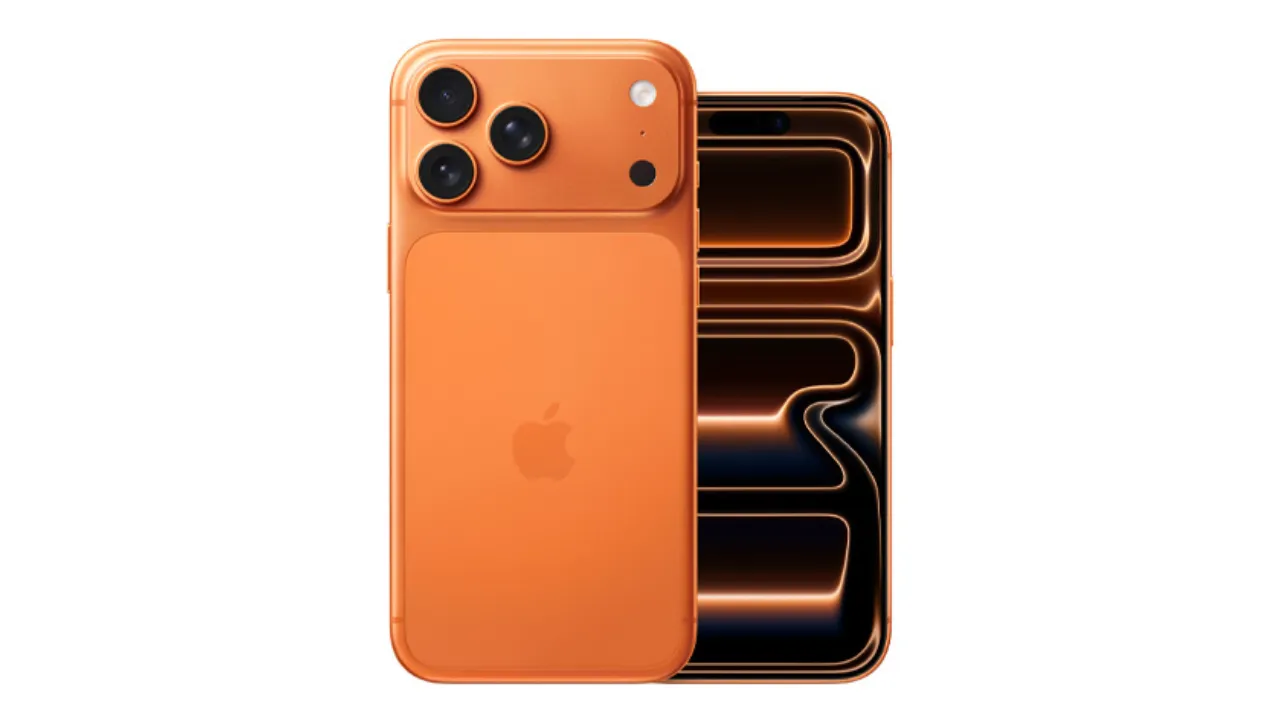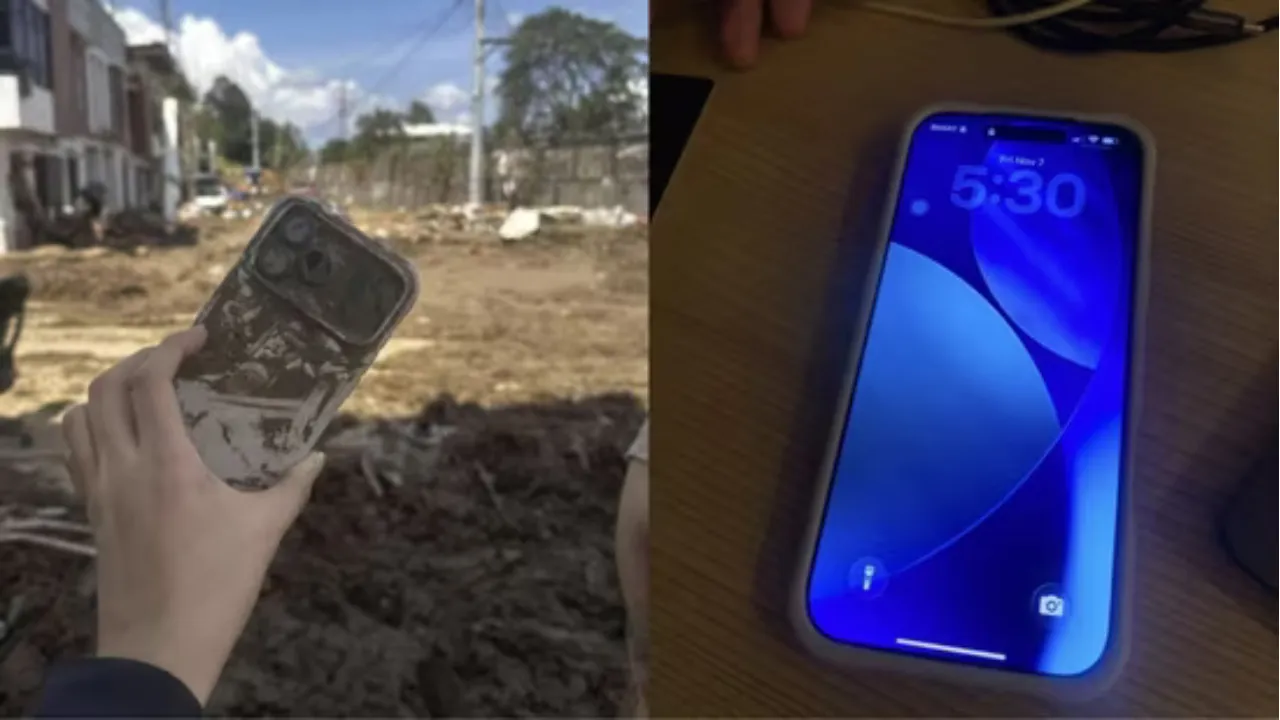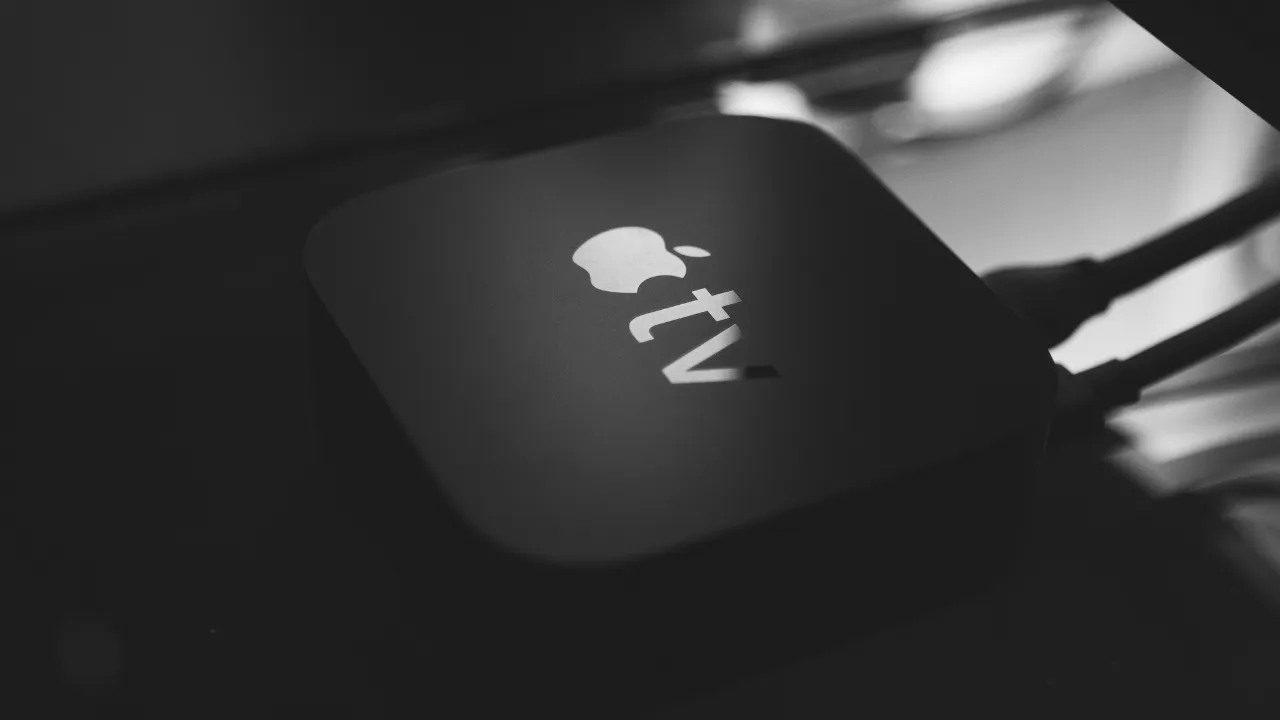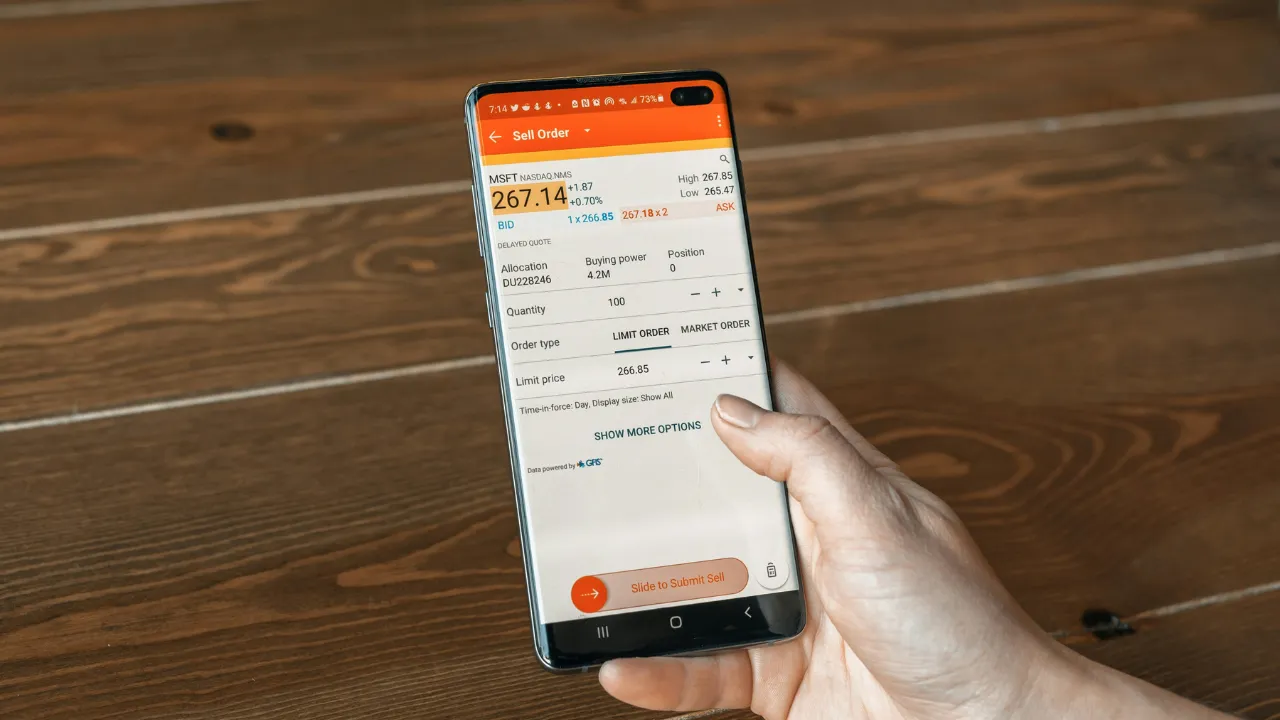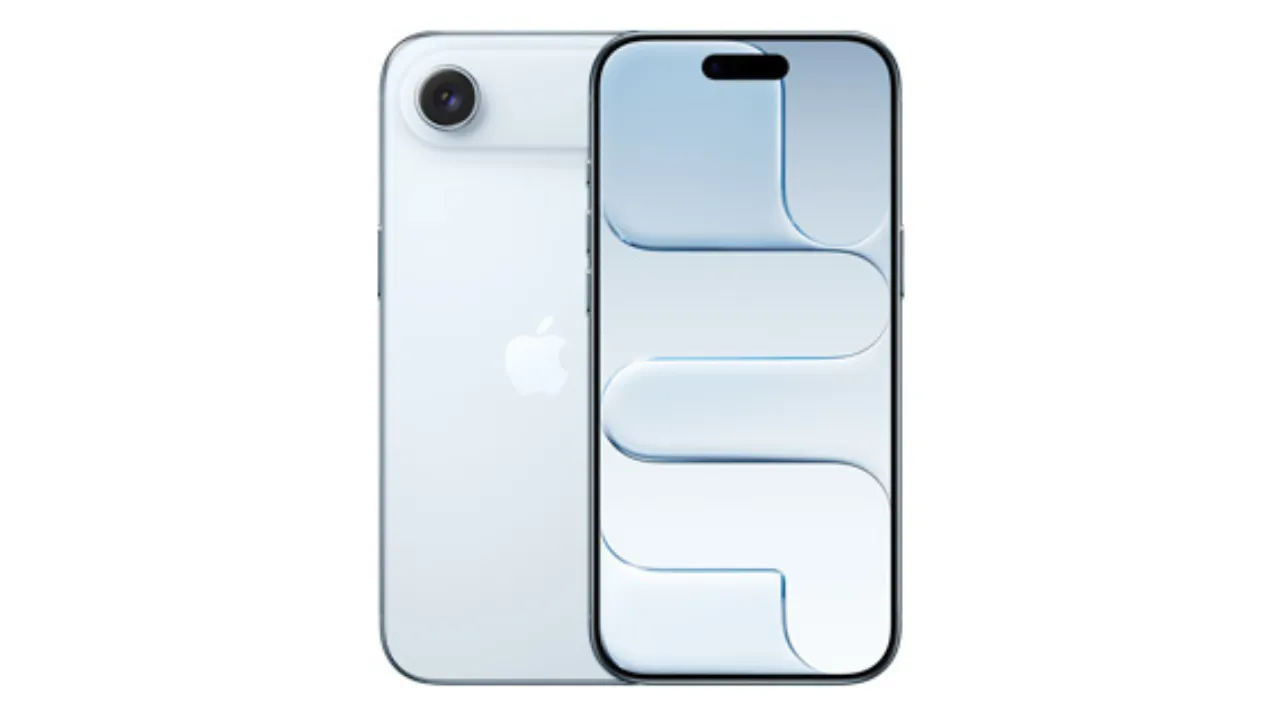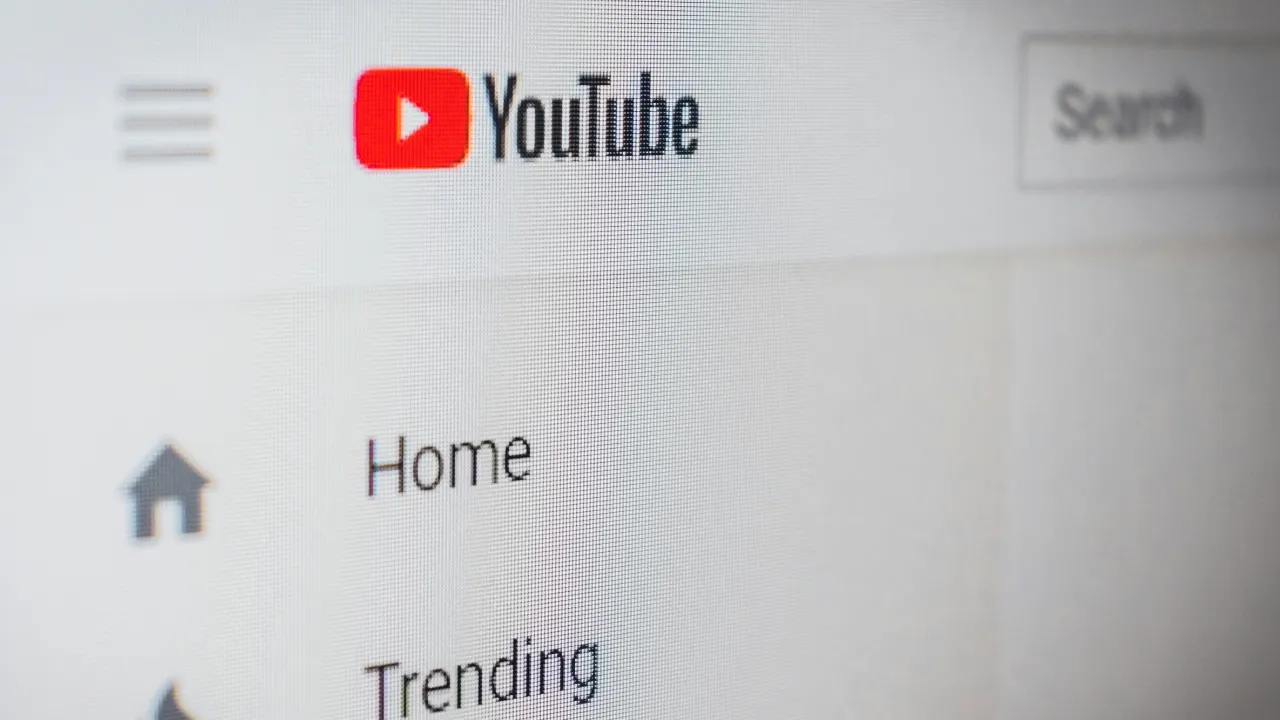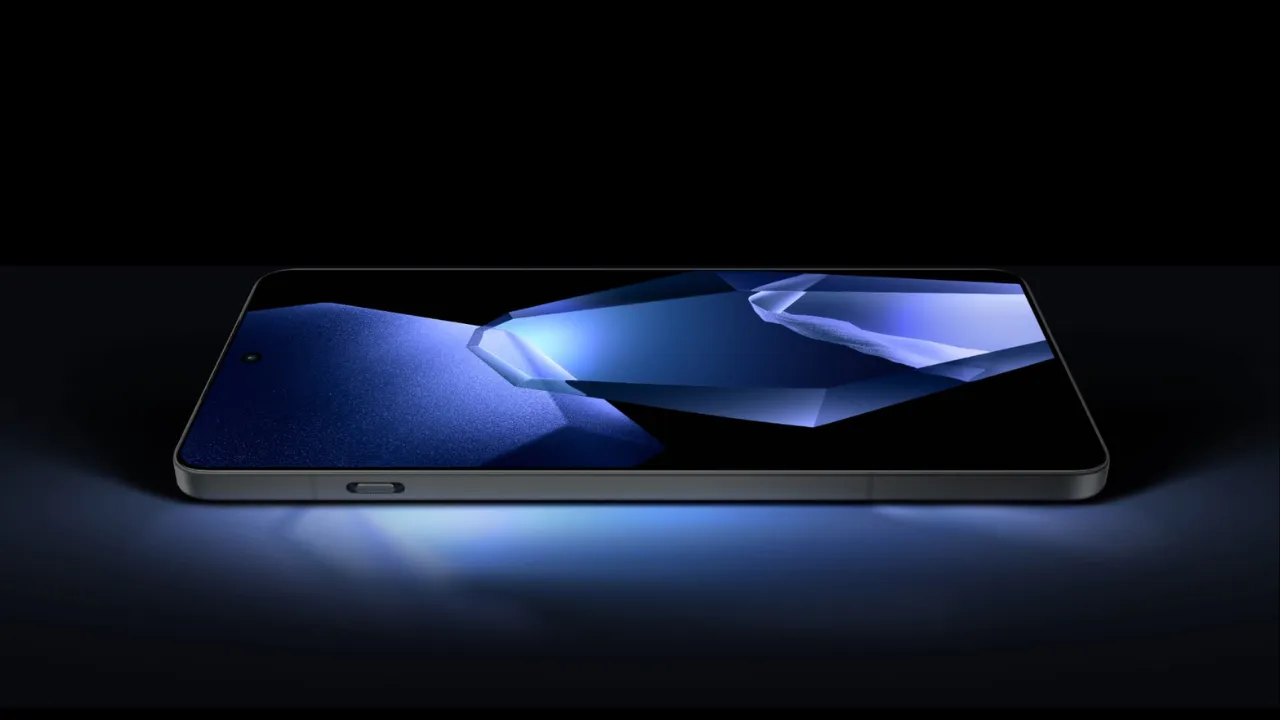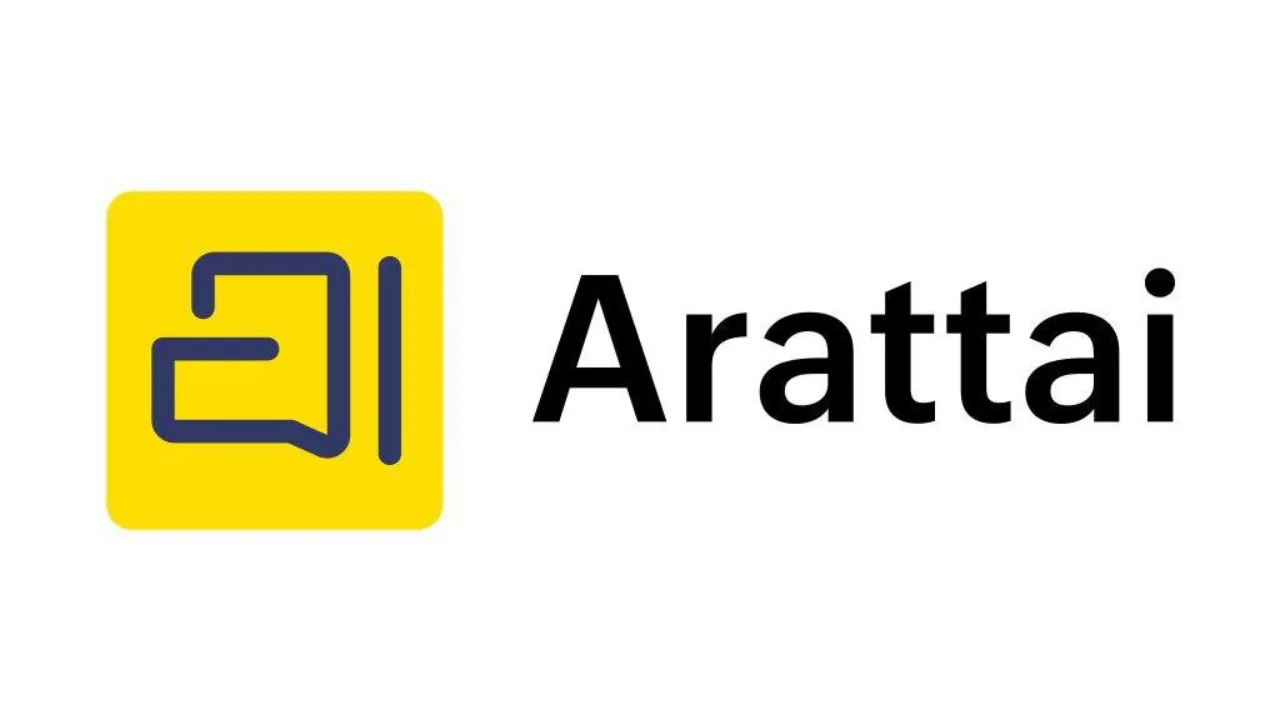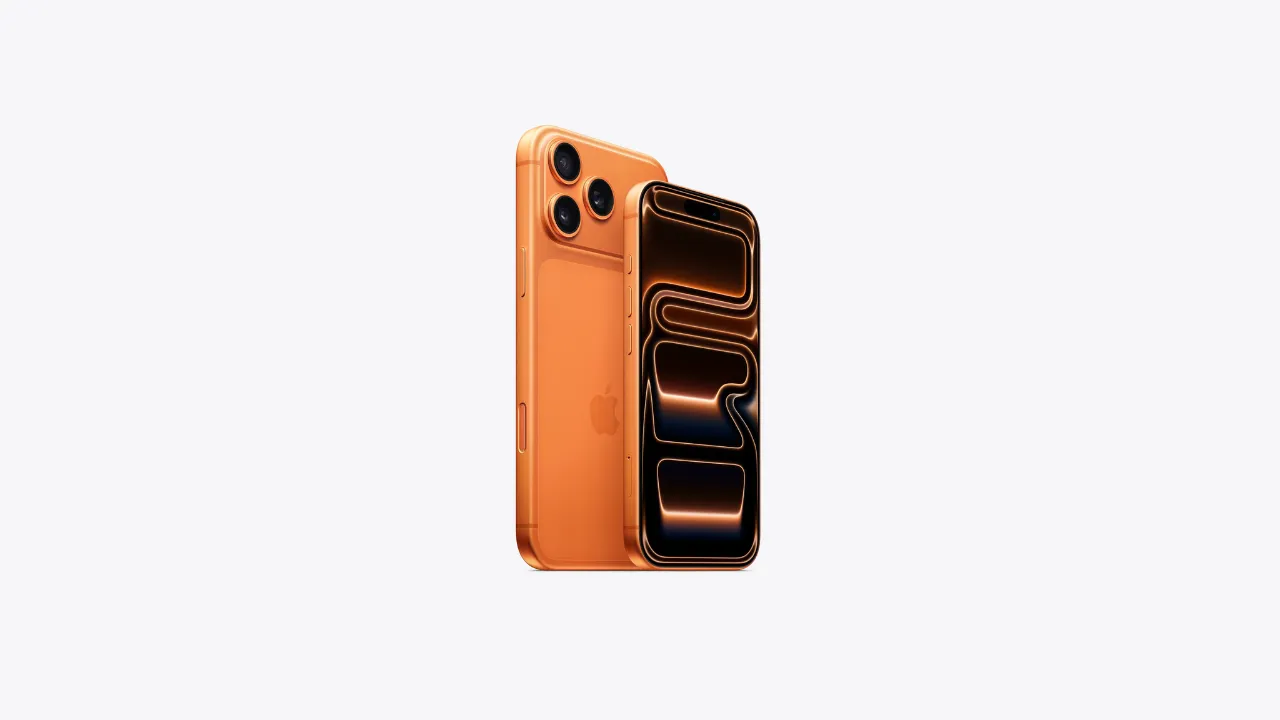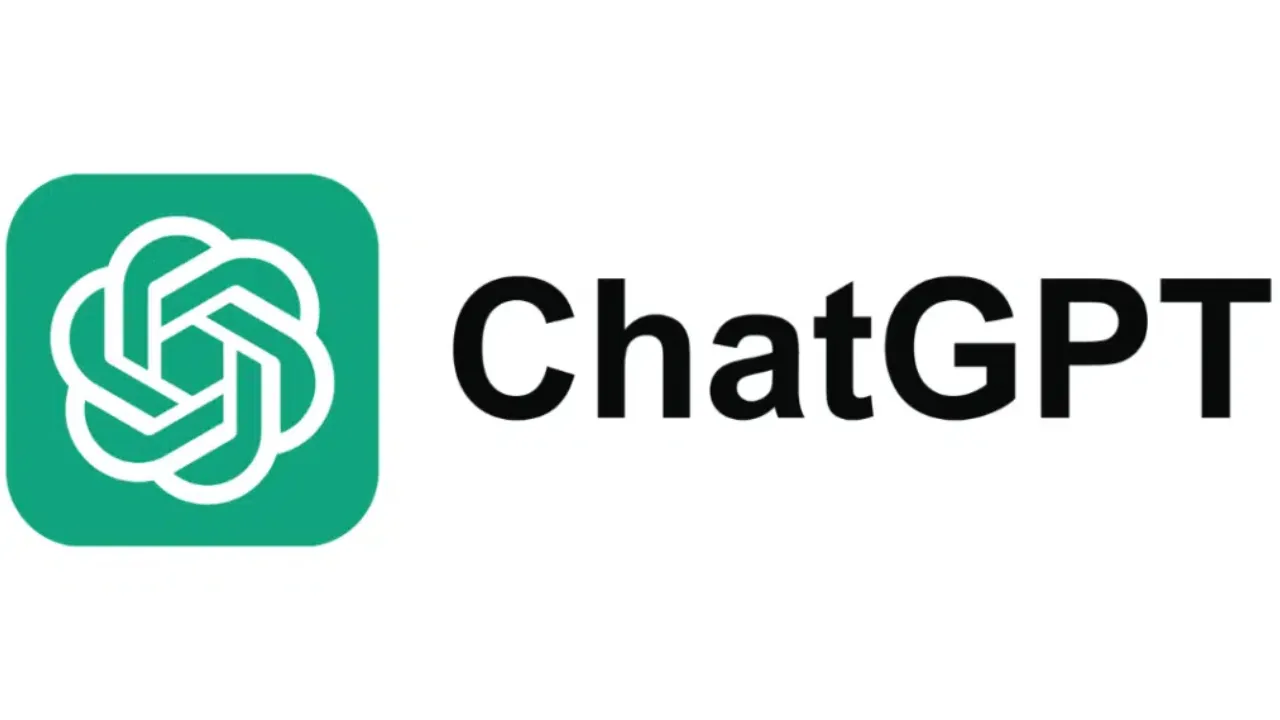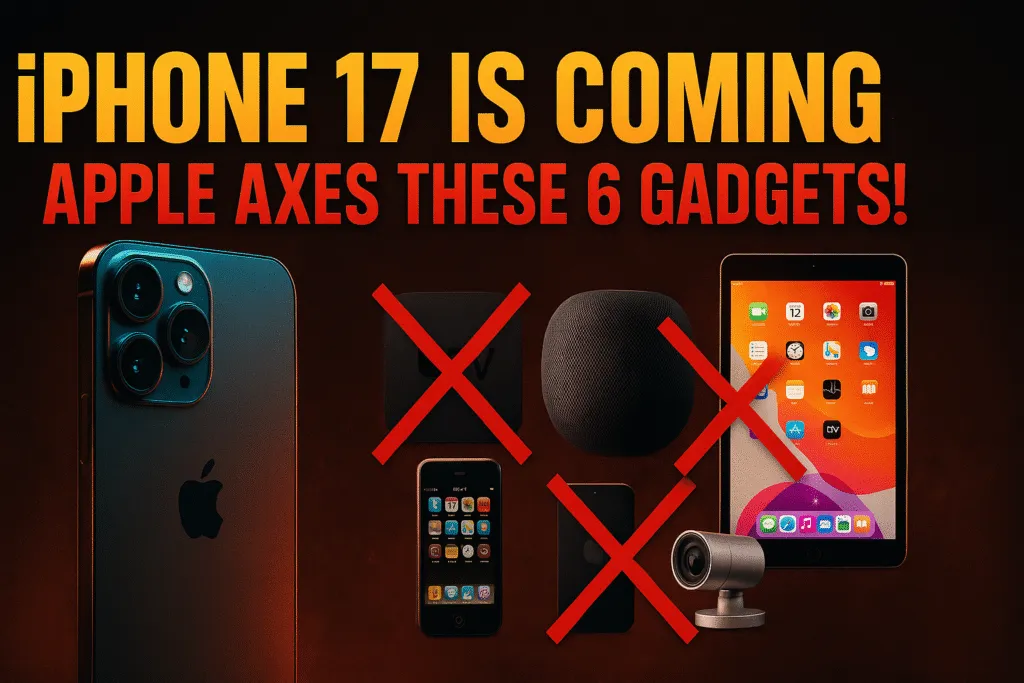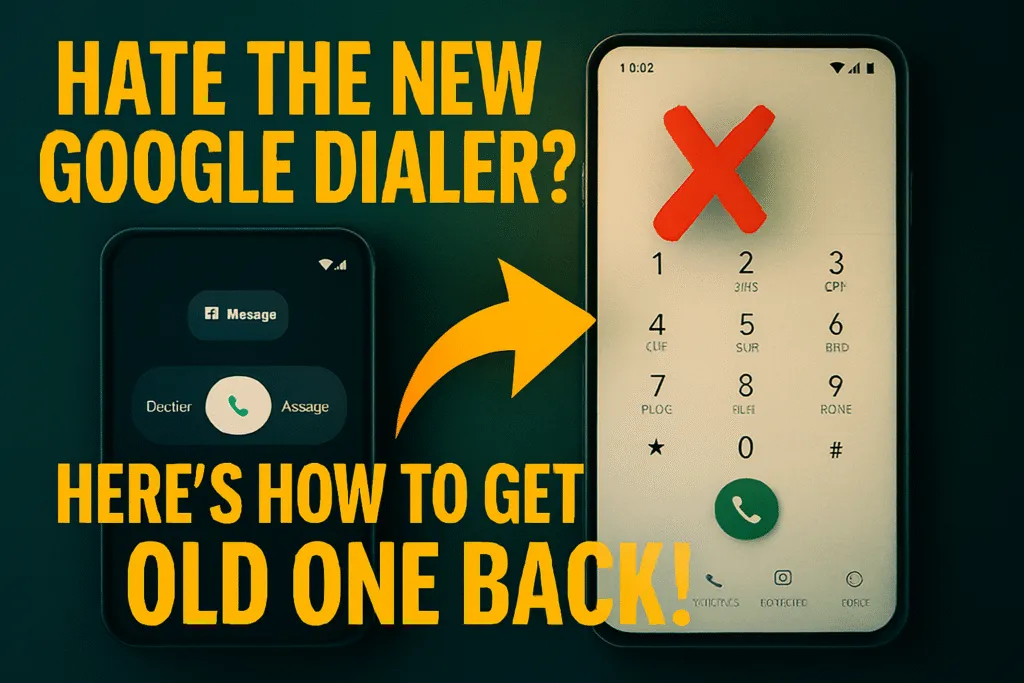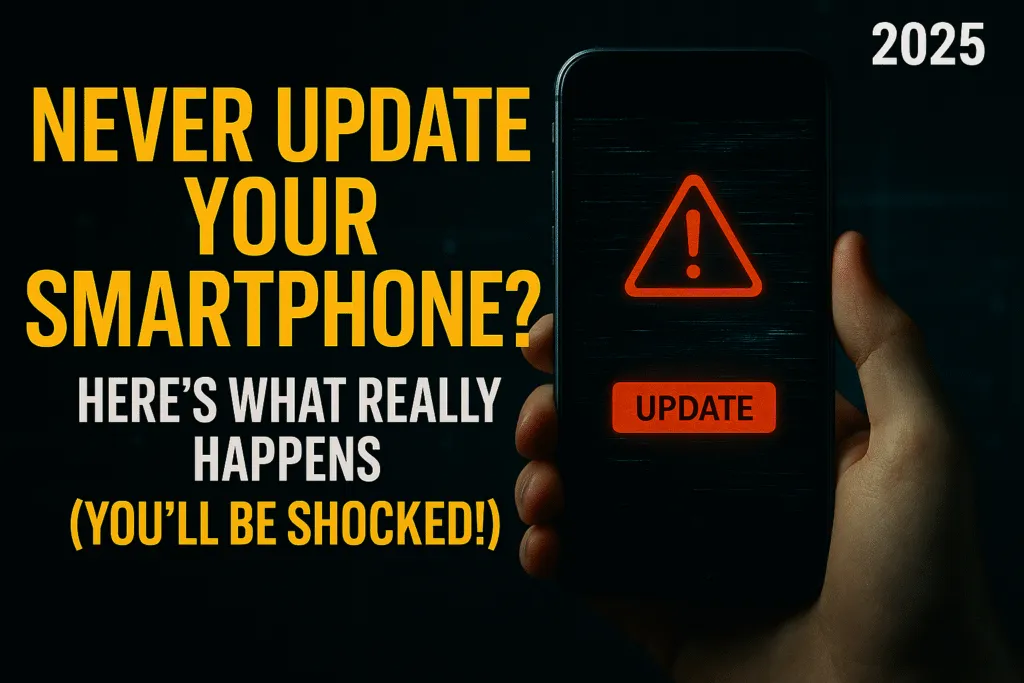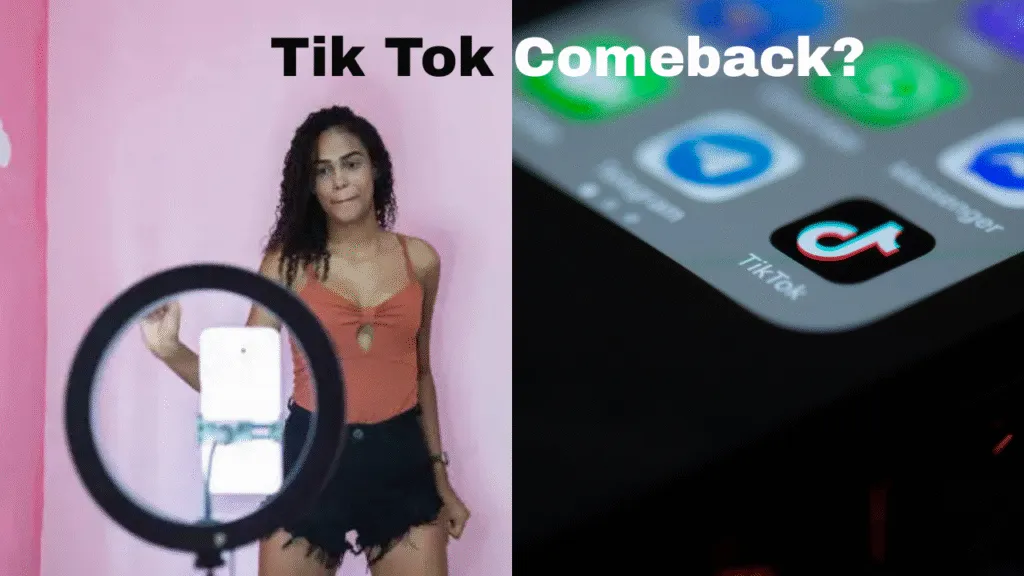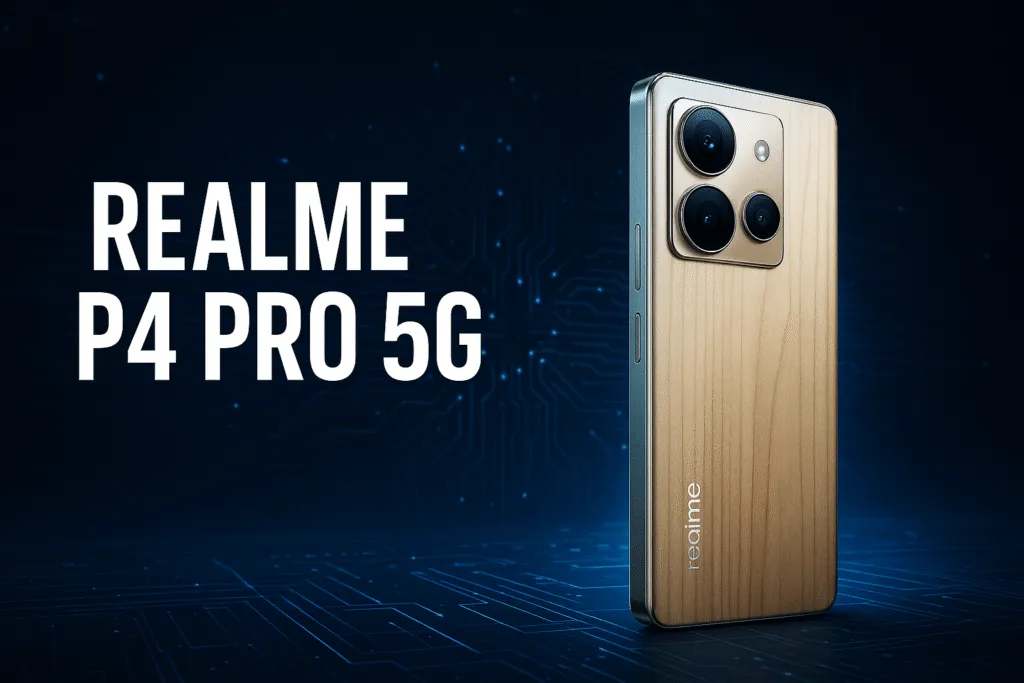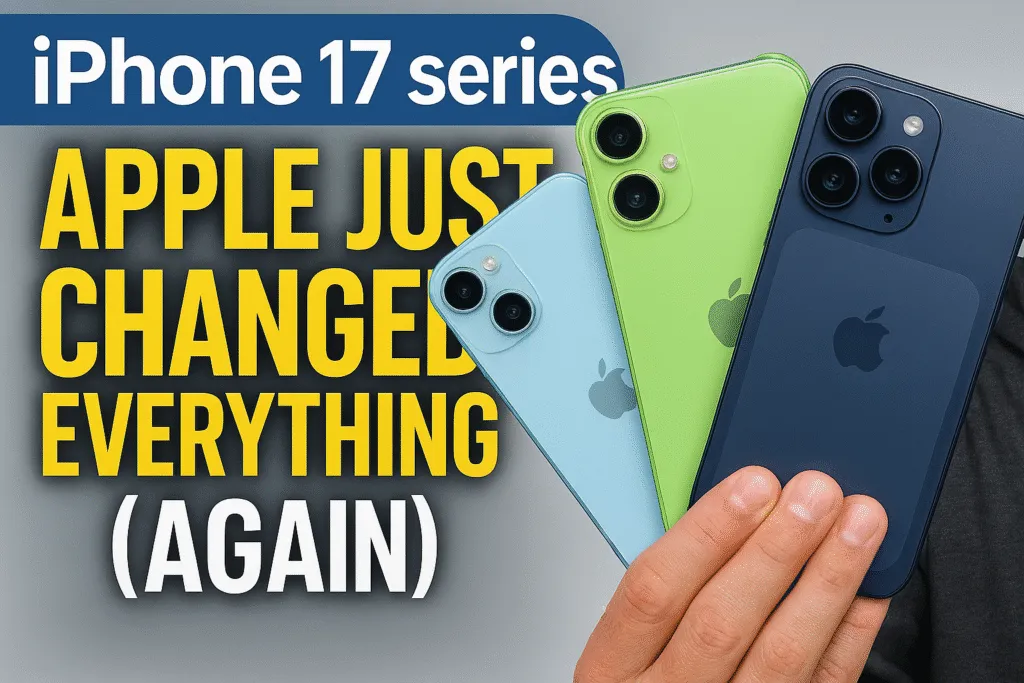Introduction – Apple’s First Foldable Journey
Apple has always been known for its ability to enter a market late and still redefine it completely. The same strategy seems to be in play with the much-anticipated iPhone Fold. For years, foldable phones have been dominated by brands like Samsung, Huawei, and Motorola, but Apple has taken its time, watching the competition, learning from their mistakes, and refining its own approach. The iPhone Fold is not just about adding a flexible display; it is about delivering a complete Apple experience in a new form factor. This means a premium design, seamless integration with iOS, and features that feel purposeful rather than experimental.
Reports suggest that Apple has been working on multiple prototypes for the iPhone Fold, testing different display sizes, hinge mechanisms, and durability standards. While competitors have faced criticism for issues like display creases, fragility, and software optimization, Apple’s engineers are aiming to overcome these with advanced crease-free display technology, a robust hinge design, and a foldable-friendly iOS interface. The goal is to make the foldable experience not just a novelty but a practical, long-term choice for users.
The arrival of the iPhone Fold will also signal Apple’s entry into a premium foldable segment, likely targeting professionals, tech enthusiasts, and loyal iPhone users who have been curious about foldables but hesitant to leave the Apple ecosystem. Its launch will not just be about a new device—it will be about Apple setting a new standard for what a foldable smartphone can be. By combining cutting-edge hardware, optimized software, and unmatched brand trust, the iPhone Fold could reshape consumer expectations and push the entire foldable market to evolve. This is not just another iPhone; it could be the start of a new chapter in Apple’s product history.
Expected Launch Timeline & Production Updates
The iPhone Fold has been one of the most talked-about upcoming Apple products, and recent reports give a clearer picture of when it might finally arrive. Industry insiders and supply chain leaks suggest that Apple is targeting a September 2026 launch window for its first foldable iPhone. This would align with the company’s traditional iPhone release schedule, making it a high-profile event alongside or just after the main iPhone lineup. By following this timeline, Apple ensures that the iPhone Fold gets maximum attention while leveraging its usual marketing momentum.
According to credible sources, mass production for the iPhone Fold is expected to begin in the second half of 2025, most likely between July and September. This gives Apple ample time for final hardware testing, software optimization, and quality checks before the official release. Manufacturing will reportedly be handled by Foxconn, Apple’s long-time assembly partner, with Samsung Display providing the advanced foldable OLED panels. The use of crease-free display technology and a refined hinge design means production will require new assembly techniques and strict quality control processes.
This extended preparation period shows that Apple is taking no chances with its entry into the foldable market. Instead of rushing to beat competitors, the company is focusing on perfecting the user experience and ensuring the product meets its high durability and performance standards. If the reports hold true, the iPhone Fold’s release will mark a significant moment not just for Apple but for the foldable industry as a whole, potentially setting a new benchmark in design, reliability, and user satisfaction. For tech enthusiasts, the next 12 months could be the most exciting countdown in recent iPhone history.
Design & Build Quality
Apple’s approach to the iPhone Fold appears to be a perfect blend of elegance, durability, and engineering precision. Early leaks indicate that it will feature a book-style folding design rather than a flip-style form factor, giving users a larger inner display while still being compact enough for everyday use. When unfolded, the device is expected to measure just 4.5 to 4.8 millimeters in thickness, making it one of the thinnest foldables ever produced. When closed, it should remain sleek at around 9 to 9.5 millimeters, maintaining the premium feel Apple users expect.
The frame is rumored to be crafted from titanium or a steel-titanium alloy, offering exceptional strength without adding unnecessary weight. This choice not only ensures long-term durability but also resists everyday wear and tear better than aluminum. Apple is also said to be introducing a liquid hinge mechanism, designed for smooth, consistent folding while reducing the chances of visible creases. Paired with Samsung-supplied crease-free OLED technology, the display should look seamless whether the phone is open or closed.
Attention to detail is expected to extend to the finish and materials. The iPhone Fold will likely follow Apple’s signature minimalist aesthetic, with clean lines, premium coatings, and color options that complement the device’s futuristic appeal. Every component, from the hinge to the display, is being engineered to meet Apple’s strict quality standards, ensuring that the device feels as refined as any other iPhone, despite its complex design. This commitment to design and build quality could give the iPhone Fold a clear edge over existing foldable smartphones, appealing not just to early adopters but to anyone seeking a device that blends cutting-edge innovation with everyday practicality.
Display Details
The iPhone Fold is shaping up to feature one of the most advanced displays ever seen on a smartphone. According to credible leaks, Apple is working with Samsung Display to integrate a next-generation crease-free OLED panel, addressing one of the biggest drawbacks seen in current foldable devices. The main inner screen is expected to measure around 7.6 inches when unfolded, offering a near-tablet experience for multitasking, media consumption, and creative work. When folded, the external display is likely to be around 6.1 inches, ensuring a familiar iPhone-sized usability without compromise.
Apple is also rumored to be pushing display brightness and color accuracy to new heights. The iPhone Fold could achieve peak brightness levels upwards of 1,800 nits, making it highly visible even in bright sunlight. Coupled with ProMotion technology, users can expect a 120Hz adaptive refresh rate on both the inner and outer displays, delivering ultra-smooth scrolling, fluid animations, and improved responsiveness for gaming or Apple Pencil use.
The display technology will likely support HDR10, Dolby Vision, and True Tone, ensuring rich colors, deep blacks, and accurate white balance in all lighting conditions. Apple may also implement a tougher ultra-thin glass layer over the OLED panel to enhance scratch resistance while maintaining flexibility. Additionally, early reports suggest that Apple is working on reducing the bezel size to create a more immersive viewing experience.
By combining its renowned display calibration expertise with cutting-edge foldable tech, Apple aims to make the iPhone Fold’s screen not only a functional marvel but also a visual treat. This approach could set a new benchmark for foldable display quality, attracting both tech enthusiasts and creative professionals who demand top-tier visuals from their devices.
Camera System & Biometrics
The iPhone Fold is expected to bring Apple’s signature camera excellence into the foldable era without compromise. Leaks suggest that Apple is equipping the device with a triple-lens rear camera setup similar to the iPhone 15 Pro Max, possibly featuring a 48MP main sensor, an ultra-wide lens, and a periscope telephoto lens capable of up to 5x optical zoom. This setup would make the iPhone Fold a powerful tool for photography and videography, offering features like Night mode, Deep Fusion, and ProRAW support for professional-grade results.
On the front, Apple may use an under-display camera for the main foldable screen, ensuring a seamless viewing experience without notches or punch holes. The outer display is likely to include a standard FaceTime camera for quick selfies and video calls. Video recording capabilities are expected to reach 8K resolution, along with enhanced cinematic mode and improved stabilization for smooth, professional-quality footage.
When it comes to biometrics, Apple will likely retain Face ID as the primary authentication method, potentially using a new under-display Face ID system on the inner screen. This would allow secure facial recognition without interrupting the display’s aesthetics. There are also whispers about the return of Touch ID, possibly integrated into the power button, giving users an alternative unlock method in situations where Face ID isn’t practical.
By combining cutting-edge camera hardware, advanced computational photography, and seamless biometric integration, the iPhone Fold aims to deliver the same premium user experience Apple fans expect, while taking full advantage of its unique foldable form factor. This could make it one of the most versatile and secure foldable devices in the market, appealing to both content creators and everyday users.
Battery, Charging & Performance
The iPhone Fold is expected to feature a dual-battery system, one in each half of the foldable body, designed to balance weight and maintain slim dimensions. Combined, these batteries are rumored to offer a capacity slightly higher than the iPhone 15 Pro Max, ensuring all-day usage even with the power demands of a large foldable display. Apple is reportedly optimizing iOS to intelligently manage power consumption between the inner and outer screens, further extending battery life.
Charging capabilities are likely to include Apple’s latest MagSafe technology, supporting fast wireless charging up to 15W, along with wired charging speeds expected to reach around 30W via the USB-C port. Although not the fastest in the industry, Apple’s focus is on battery health and long-term performance, so users can expect consistent capacity retention over years of use. Reverse wireless charging may also debut on the iPhone Fold, allowing users to charge AirPods, Apple Watch, or even another iPhone by placing it on the back of the device.
In terms of performance, the iPhone Fold will almost certainly run on Apple’s latest A19 Pro chip, built on a cutting-edge 3nm process for maximum efficiency and power. Paired with at least 12GB of RAM, this processor will easily handle multitasking across the foldable’s two displays, high-end gaming, and pro-level video editing. The device is also expected to support advanced thermal management, ensuring sustained peak performance without overheating during heavy workloads.
By combining a carefully engineered battery system, balanced charging solutions, and industry-leading processing power, the iPhone Fold promises not just a unique design but also the kind of reliable, smooth performance that Apple devices are known for. This makes it ideal for users who demand innovation without sacrificing everyday usability.
Software & UI Optimizations
The iPhone Fold is expected to debut with a customized version of iOS, specifically optimized for the foldable experience. Apple is likely developing unique interface transitions that adapt seamlessly whether the device is folded, partially folded, or fully open. This means apps will dynamically resize and reposition content to match the screen orientation, offering an uninterrupted user experience. Multitasking could take a big leap, with features like split-screen mode, floating app windows, and drag-and-drop support between apps becoming more fluid and intuitive.
Apple is also rumored to introduce “Continuity Fold,” a feature that allows users to start an activity on the cover display and instantly continue it on the larger inner display without any delay. This will be especially useful for reading, gaming, or working on documents. Widgets and the home screen layout may have new foldable-specific arrangements, allowing for a richer and more personalized setup on both screens.
In terms of productivity, the iPhone Fold might integrate with Apple Pencil support for the first time on an iPhone, making the larger unfolded display perfect for note-taking, sketching, and design work. iPadOS-inspired elements could also appear, blurring the line between iPhone and iPad in terms of functionality.
Apple is reportedly focusing on optimizing battery usage through smart screen management, ensuring only the active part of the display consumes power. Combined with the A19 Pro chip’s efficiency, this will keep performance smooth even during heavy multitasking. With these software and UI refinements, the iPhone Fold aims to set a new benchmark for foldable phone usability, offering both innovation and the signature polish that Apple’s ecosystem is known for.
Pricing & Availability
The iPhone Fold is expected to be Apple’s most premium smartphone to date, with early reports suggesting a starting price between $1,699 and $1,999 in the United States. This would position it above the iPhone 15 Pro Max and even some high-end iPads, reflecting the cost of its cutting-edge foldable display technology and specialized engineering. Apple’s strategy will likely target tech enthusiasts, professionals, and early adopters willing to invest in a premium foldable experience.
Industry insiders believe Apple will announce the iPhone Fold in September 2025 alongside the iPhone 17 series, keeping with the company’s traditional launch timeline. However, due to the complexity of production and limited initial yields, availability might be staggered. We could see an initial release in select markets like the US, UK, China, Japan, and select European countries, followed by a global rollout a few months later.
Pre-orders are likely to begin within a week of the official announcement, with deliveries starting two to three weeks after. Given Apple’s track record with highly anticipated launches, stock could be extremely limited in the first wave, potentially leading to high resale prices on secondary markets.
There are also hints that Apple may offer exclusive configurations or color options for early buyers, making the first batch of iPhone Fold units even more desirable. Considering the premium pricing and limited supply, securing one early may require acting within hours of pre-orders opening. If the demand matches industry expectations, the iPhone Fold could become one of the most sought-after tech products of 2025.
Apple’s Foldable Strategy
Apple’s approach to the iPhone Fold reflects its long-standing philosophy of entering new product categories only when the technology is mature enough to deliver a seamless user experience. While competitors like Samsung, Huawei, and Oppo have already released multiple foldable devices, Apple has spent years refining prototypes, testing durability, and working on custom hinge designs to ensure the iPhone Fold meets the brand’s high standards. This careful timing allows Apple to avoid early foldable pitfalls such as visible creases, hinge wear, and subpar battery life.
The strategy behind the iPhone Fold also ties into Apple’s broader ecosystem. By launching a foldable device, Apple can extend the functionality of iOS and iPadOS, potentially offering a hybrid experience where the iPhone Fold serves as both a compact phone and a tablet-like device. This creates opportunities for app developers to design unique multitasking features, larger-screen optimizations, and cross-device workflows that integrate perfectly with MacBooks, iPads, and Apple Watches.
From a market standpoint, Apple’s foldable entry is less about being first and more about redefining the category. The company is expected to market the iPhone Fold not just as a new form factor, but as the next evolution of the smartphone—blending portability, productivity, and luxury in a single device. Apple’s decision to position it as a premium product also aligns with its history of maintaining strong profit margins while cultivating brand exclusivity.
If successful, this strategy could set the tone for the foldable market for years to come, forcing rivals to match Apple’s design, software integration, and ecosystem advantages. In short, the iPhone Fold is Apple’s calculated move to dominate the foldable space on its own terms, rather than chasing trends.
Comparison With Rivals
The iPhone Fold will enter a market already populated by established players like Samsung’s Galaxy Z Fold series, Huawei’s Mate X lineup, and Oppo’s Find N models. These devices have matured through multiple generations, offering refined foldable designs, better durability, and increasingly powerful specs. Samsung, in particular, has set the benchmark for foldables, with features like water resistance, S Pen support, and advanced multitasking tools. However, Apple’s strategy with the iPhone Fold is not to replicate these features directly, but to integrate its own strengths—tight ecosystem integration, polished software, and premium hardware.
Where rivals have sometimes struggled with visible screen creases, hinge fragility, and battery limitations, Apple is expected to address these issues before launch. Leaks suggest the iPhone Fold could feature a near-invisible crease, a custom hinge designed for long-term durability, and battery optimization powered by Apple’s in-house silicon. This level of refinement could instantly set it apart from competitors that are still working through hardware compromises.
In terms of software, Samsung and Oppo offer strong multitasking experiences, but the iPhone Fold may push ahead with a unique blend of iOS and iPadOS capabilities. This could include seamless transitions between folded and unfolded modes, exclusive split-screen features, and advanced gesture controls, all tied into Apple’s wider ecosystem of Macs, iPads, and Watches.
Pricing is another battleground. While Samsung’s foldables often start around the $1,799 mark, Apple may follow a similar premium range but justify it with unmatched build quality and brand prestige. Ultimately, while the iPhone Fold won’t be the first to the foldable party, its combination of hardware innovation, software polish, and ecosystem synergy could make it the most influential player in the market.
Potential Drawbacks & Risks
While the iPhone Fold promises to be one of Apple’s most innovative products, it’s not without potential drawbacks and risks. One of the biggest concerns is durability. Foldable displays, no matter how advanced, are still more fragile than traditional glass panels. Even with Apple’s rumored reinforced hinge and ultra-thin glass, long-term wear and tear could be an issue, especially for a device intended to fold and unfold thousands of times. Repair costs for such complex hardware are also likely to be significantly higher compared to standard iPhones.
Another risk is pricing. The iPhone Fold is expected to enter the market in a premium price bracket, potentially above $1,799. While Apple’s loyal customer base may justify the cost, the high entry price could limit its appeal to mainstream buyers, especially when non-foldable flagship iPhones already offer top-tier performance for less. This raises the question of whether the foldable form factor will be enough to convince users to upgrade.
There’s also the challenge of competition. Brands like Samsung have had several years to refine their foldable technology, meaning Apple will have to surpass not just hardware expectations, but also match the mature foldable experiences users have come to expect. If Apple’s first foldable lacks standout features or delivers them too conservatively, it risks being seen as late to the trend rather than leading it.
Finally, software adaptation is another unknown. While Apple’s ecosystem is one of its biggest strengths, ensuring that all apps, features, and multitasking tools work seamlessly on a foldable form factor is no small task. Any shortcomings in this area could affect user satisfaction. In short, while the iPhone Fold could redefine the foldable market, its success will depend on how well Apple mitigates these risks.
Conclusion – What to Expect
The iPhone Fold is shaping up to be one of the most ambitious and talked-about Apple products in recent years. With its blend of cutting-edge hardware, refined design, and Apple’s signature ecosystem integration, it has the potential to set a new benchmark in the foldable smartphone market. Expectations are high, not just because it’s Apple’s first foldable, but because the brand is known for entering a segment only when it’s confident about delivering a polished, premium experience.
From what we know so far, the iPhone Fold is likely to feature a durable hinge system, a vibrant foldable OLED display, and a camera setup that competes with or even surpasses the best in the industry. Combined with optimized software, it could offer a foldable experience that feels both futuristic and practical for everyday use. However, the high price point and potential durability concerns mean it may remain a luxury device for early adopters and Apple enthusiasts in its initial years.
In terms of market impact, the iPhone Fold could push competitors to innovate further and might even accelerate the adoption of foldable devices globally. Apple’s loyal customer base ensures it will have a strong launch, but its long-term success will depend on how well it balances innovation, reliability, and value.
Ultimately, what to expect is a product that blends the excitement of new technology with the reliability and ecosystem strength Apple is known for. If Apple delivers on its promises, the iPhone Fold could become not just another device in the lineup, but a defining moment in the company’s history.
Also Read: iPhone 17 Pro First Look: What Apple Didn’t Show You.
FAQs – iPhone Fold Rumors & Facts
Q1: Is the iPhone Fold confirmed?
Apple hasn’t officially announced the iPhone Fold, but multiple reliable sources and supply chain leaks strongly suggest that the device is in development and could launch as early as late 2025.
Q2: What will be the design of the iPhone Fold?
Leaks point towards a clamshell or book-style foldable design with a durable hinge system, premium build materials, and a near-crease-free display to ensure a smooth folding experience.
Q3: How big will the iPhone Fold display be?
Rumors suggest the main foldable OLED display could measure between 7.6 and 8 inches when unfolded, with a smaller outer display for quick interactions and notifications.
Q4: Will the iPhone Fold have the same cameras as the iPhone 16 Pro models?
It’s expected to feature a camera system on par with Apple’s flagship Pro lineup, possibly with advanced zoom and ultra-wide capabilities, along with Face ID integration.
Q5: How much will the iPhone Fold cost?
Early reports suggest the price could start around $1,500 to $2,000, making it one of Apple’s most expensive smartphones to date.
Q6: What makes the iPhone Fold different from Samsung’s Galaxy Z Fold?
While Samsung has years of foldable experience, Apple’s strength lies in its deep hardware-software integration and ecosystem, which could make the iPhone Fold more user-friendly and better optimized.
Q7: Is the iPhone Fold durable?
Apple is reportedly working on advanced materials, a reinforced hinge, and water resistance to improve durability, but real-world performance will only be clear after launch.
Q8: When will we know more about the iPhone Fold?
More details are expected to surface in mid-2025 as production ramps up and Apple’s supply chain partners begin large-scale component manufacturing.

